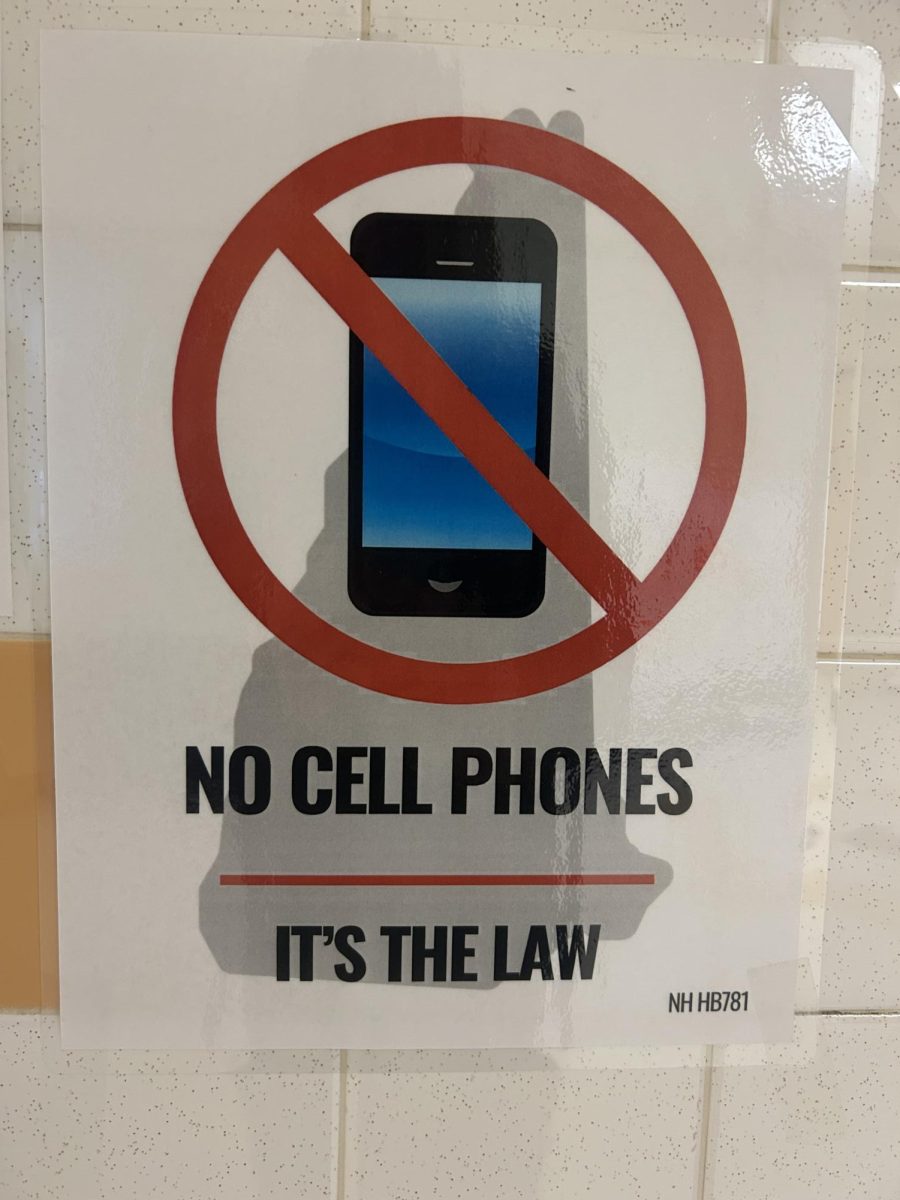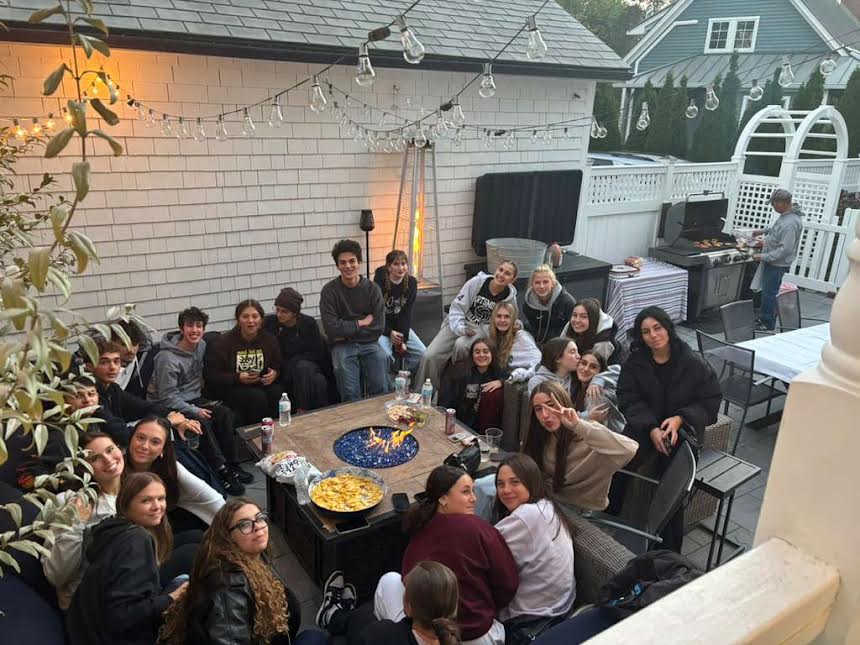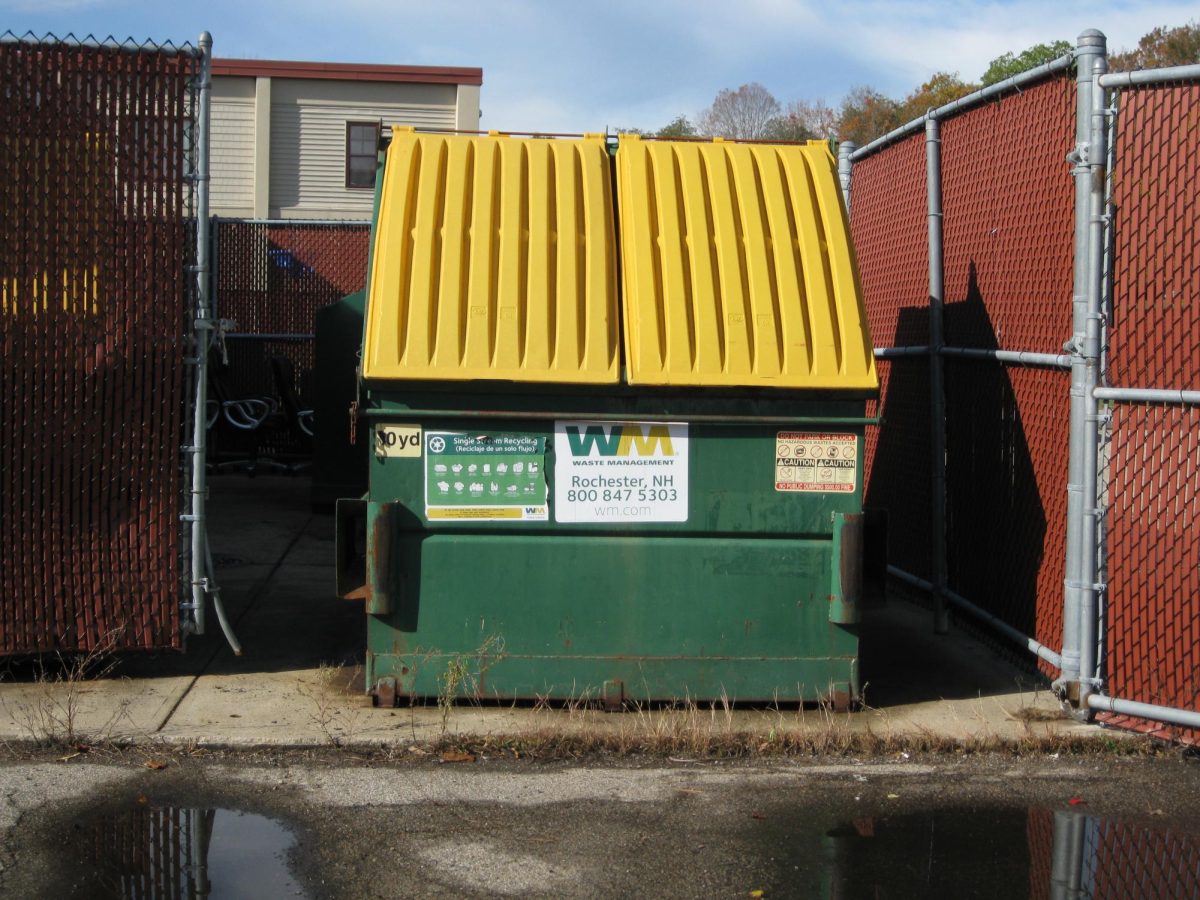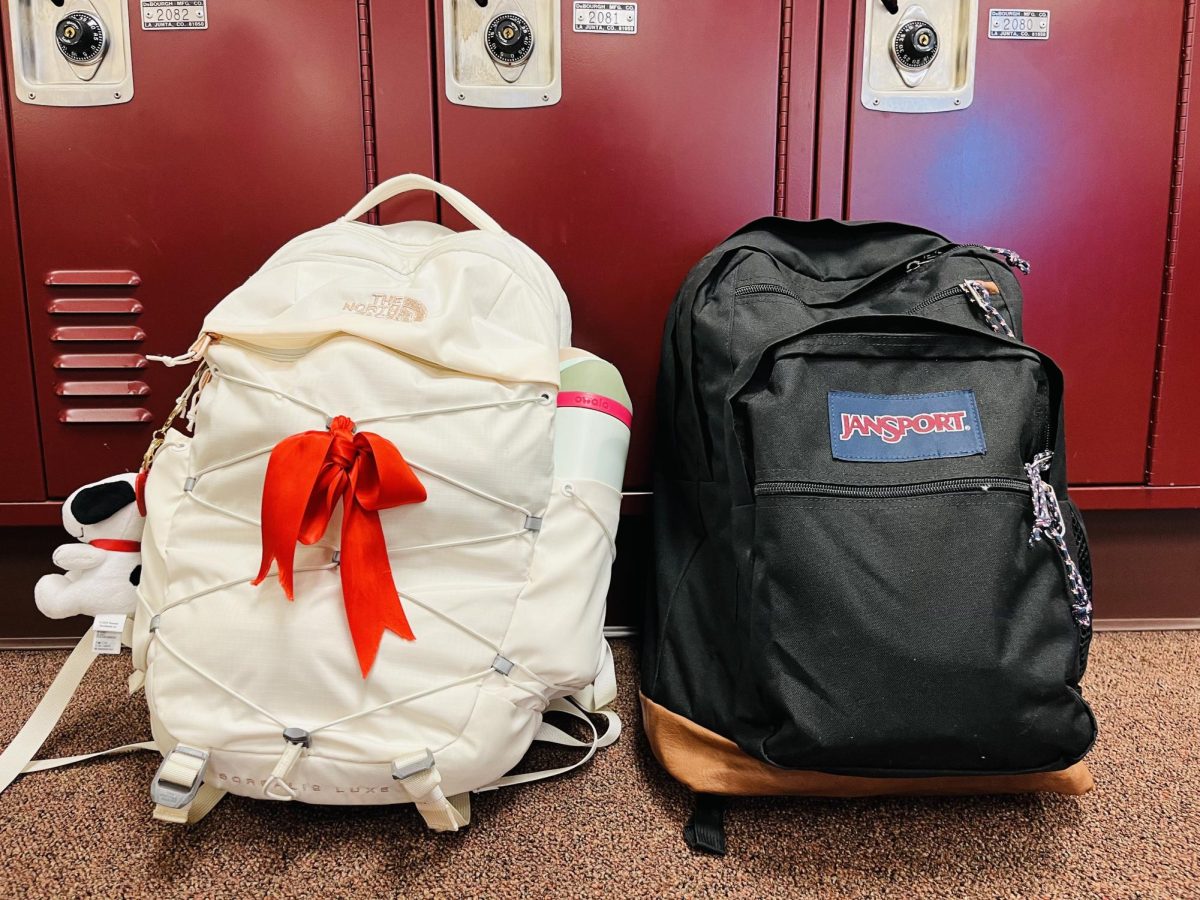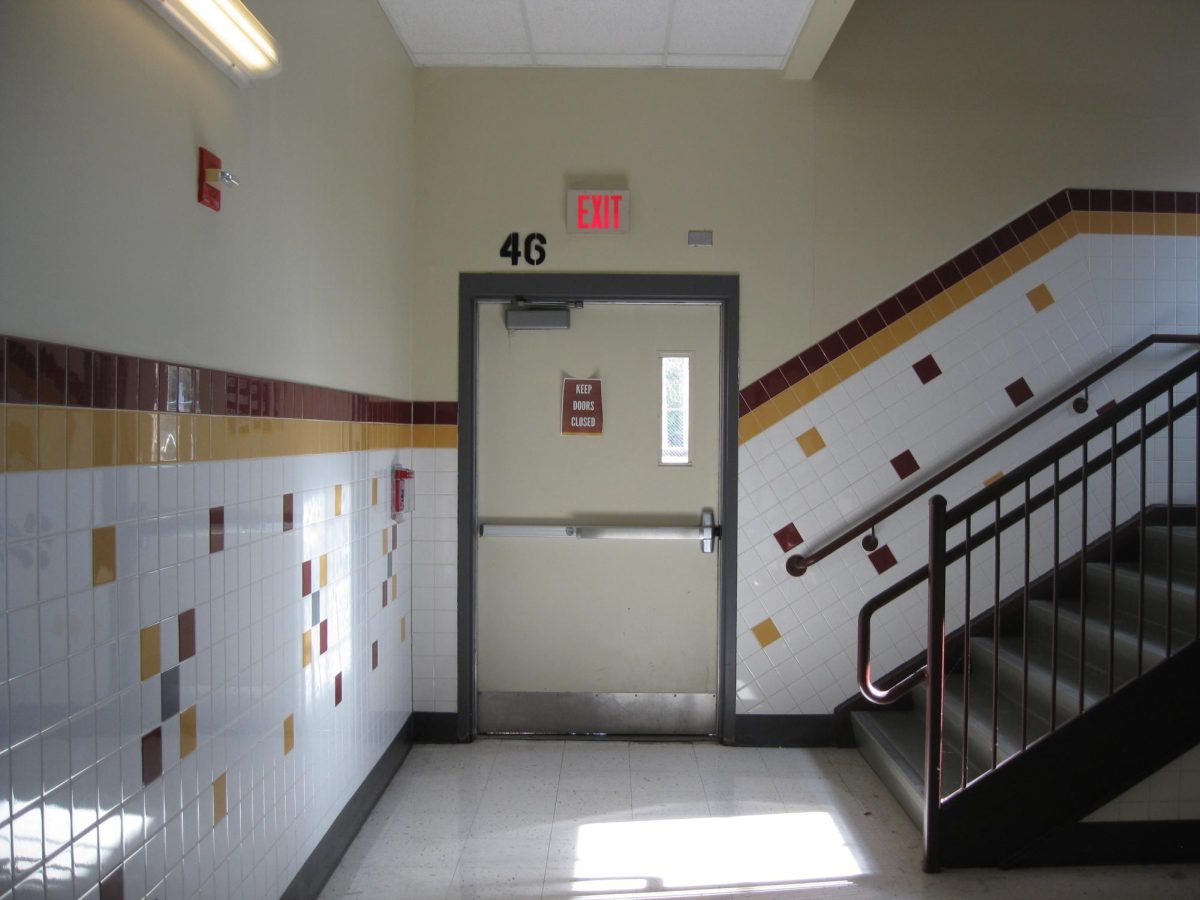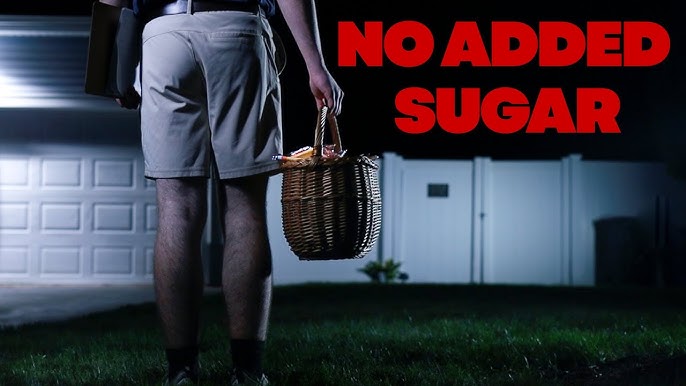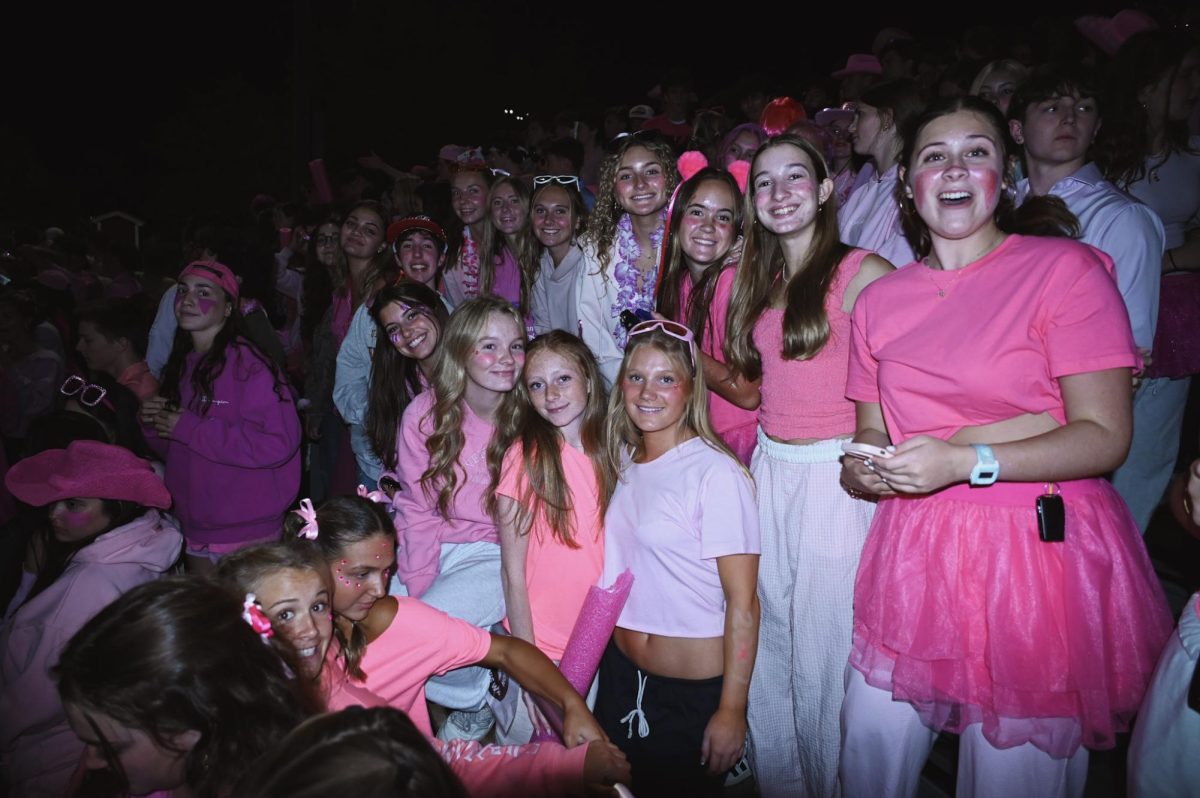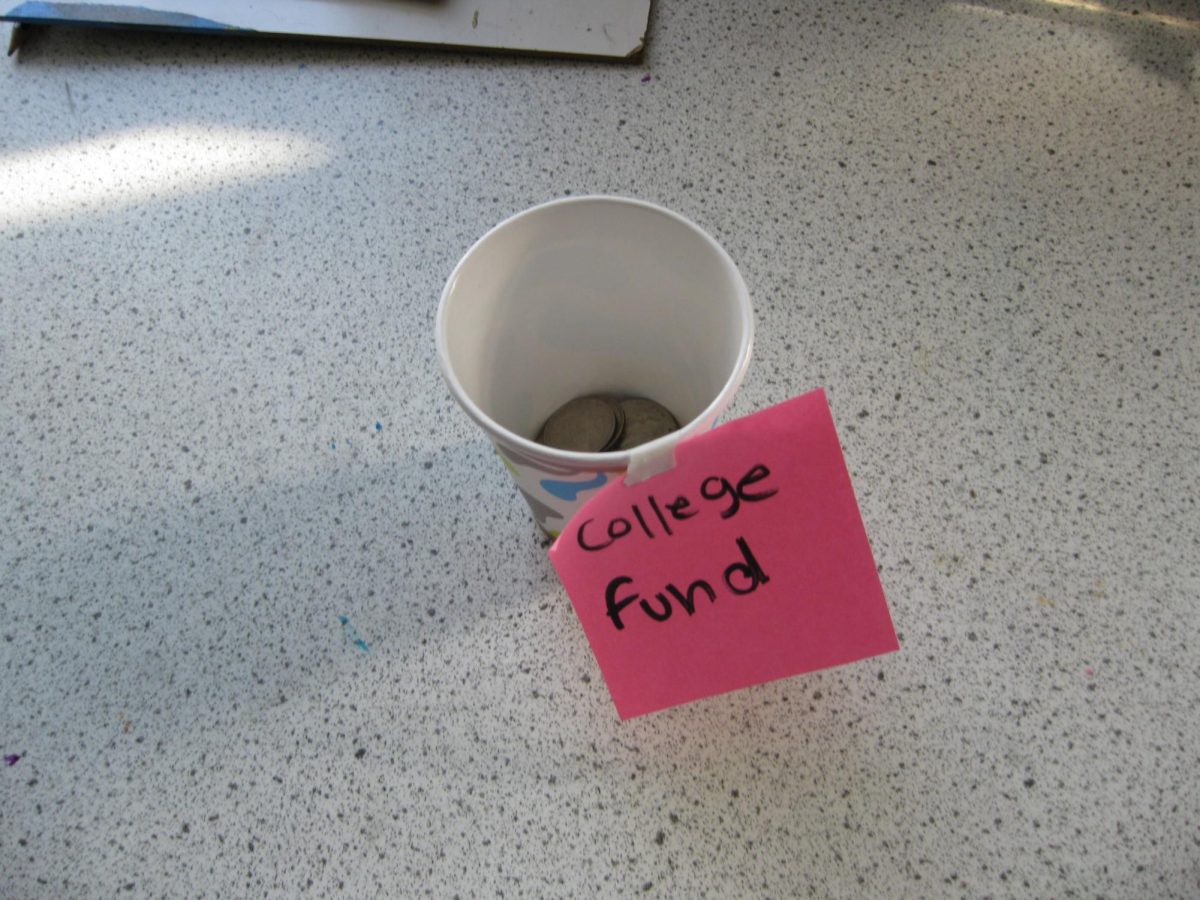At the start of the 2025-2026 school year, 31 states and the District of Columbia have new or existing restrictions on cell phone use in schools.
On June 5, 2025, N.H. Governor Kelly Ayotte passed bill SB 206, prohibiting cell phone use in New Hampshire’s public schools.
The bill directly states that “School boards shall develop and adopt a policy governing student cell phone use in schools. Such policy shall prohibit personal device use by students during the school day and be implemented school-wide, with approved exceptions determined by student medical, disability or language proficiency need. Such policy shall be developed in collaboration with any applicable local educator associations and school district parents and shall be reviewed and updated annually.”
Public schools throughout New Hampshire have varied responses to this new bill; on August 25, Portsmouth High School Principal Steve Chinosi released a message via ParentSquare that outlined PHS’s personalized response to the new law. This includes collecting phones at the beginning of the school day and returning them at the end – a bell to bell approach
Students are to either turn their phones in at the start of block 1 at 8:35 a.m., and retrieve at 3:15 p.m., leave them in their car, or leave them at home.
“The faculty and staff met, and this [protocol] was the thing we came up with together,” said Chinosi. “The [cell phone] habit was so strong that access to it was going to be a hard habit to break.”
Many students have strong opinions about the bell to bell ban. Sophomore Daisy Fletcher expressed her resentment towards the ban and the district’s decision. She revealed the fear she now feels at school without free access to her phone, especially when thinking about the recent rise of American school violence.
“I feel trapped,” she voiced.
Fletcher believes many of the pros associated with the ban are extremely outweighed by the cons, especially when it comes to mental health and student safety. She believes that while phones were a distraction to many students last year, students are finding other ways to distract themselves from their school work.
“People who were on their phones last year are on their Chromebooks this year…There’s no way to force a kid to be engaged in class,” said Fletcher. Additionally, she reports no change in her personal productivity or grades.
Cynthia Young, a long-standing social studies teacher at PHS, has noticed a similar trend in the rise of computer use this school year.
“I have to tell everyone to close their computers,” said Young. “Now people are coming into my classroom and opening their computers immediately in order to zone out, or not connect with other people, and so now it’s a ‘please close your computers’, and I may have a ‘don’t open your computer’ policy pretty soon unless we need it for class.”
Some students take on a more neutral or even positive view of the new rules. Lilli Cosgrove, a PHS Freshman, finds many reasons to appreciate the phone ban.
“I was at the high school a little bit last year, so I kind of know what both are like, and I honestly prefer the high school with the phone ban,” said Cosgrove.
When asked about her thoughts on being the first class to go through PHS with the cell phone ban, Cosgrove responds that it’s a little annoying, but she doesn’t dwell on it. “It was going to happen at some point anyway,” she said.
She reports that from her and many other freshmen’s perspective, the new regulations have felt minor due to their recent middle school experiences, which have always encompassed similar restrictions.
“It wasn’t a very big transition since in middle school we also couldn’t have our phones, so it feels pretty similar,” continued Cosgrove. “There hasn’t been a real difference, at least from the other freshmen I’ve talked to.”
On the complete opposite end of the spectrum, PHS senior Maddie Tauber has experienced three years of PHS without the cell phone ban, and personally believes that the new rule is undoubtedly more bad than good. “I think there are positives and negatives, but I think it is mostly a bad thing,” she says.
Tauber has found that the ban has significantly hindered her experience as a high school senior for many reasons. “[The ban] has strongly inconvenienced me as I can’t communicate about rides, text parents, organize hangouts, take pictures of art projects, quickly check email/calendar, or scan QR codes. I am generally disconnected from the rest of the world,” Tauber states.
Rachel Pozzetti, a PHS science teacher, has found that the law has made her job easier. Pozzetti’s phone policy before this school year allowed students free rein access to phones in class. She is grateful for the new law, as it provides teachers with breathing room to not have to worry about enforcing a unique phone rule in addition to teaching.
Pozzetti also states that a positive from this phone ban is limited nonconsensual photos and videos.
Pozzetti is conscious of the statistics centered around phone use and adolescent mental health, especially when it comes to her own daughters, declaring: “Stats don’t lie.”
Though many students report experiencing some form of hardship in the absence of their phone, many staff members have reported a notable positive change.
“People are talking more, in a good way!” exclaims Young.
Chinosi has also noticed a positive change and has heard from visitors that the PHS environment seems more lively.
“People who visit our school often, but are not a part of our team, have all said that they see a difference. They see kids talking, they see kids heads up. I love that and I love that our guests who know our school have said that,” Chinosi shares.
What can PHS students expect when it comes to the future of school cell phone use in school? Chinosi states that though the check-in system has seen success, other solutions are up for discussion, and PHS and its phone policies should continue to grow together.
“The future also includes more discussion, more collaboration, and all the things that we do,” said Chinosi.“I hope we don’t get stuck. I think the future is going to be an evolving solution where kids, students, and teachers will have a voice and we’ll learn to find some new ways to comply with the law and still learn.”


